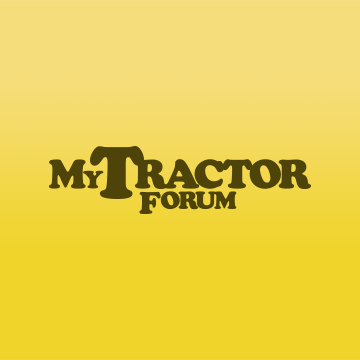So, what is positive traction? Well, the idea behind positive traction is sending the power to wheel with the most grip instead of the one (more) that are slipping. A classic way to achieve this idea is with some sort of differential locker so each side of the axle gets power to the road. The problem with this method is that if you lock up your axle then the torque from the engine is supplied to each side of the axle equally. So, one wheel has x amount of torque and the other side as x amount of torque. If the left side is on ice and the right is pavement the left will start to slide the right will push it to the left as that will slip. So, this is classic case of non-positive traction because while you've divided the power equally between the two axles you've failed to compensate for the slipping of the left wheel. How does one overcome this problem? Well, the simple solution is to add extra traction aids to the tires (i.e. chains or cables or even ballast). But, the more advanced and better way is to proportion that torque between the wheels that slip and the wheels that grip.
The easiest way to do this is with a series of worm gears and worm wheels. Now, the key to this system relies on the fact that worm gear cannot turn a worm wheel. So, if you create differential that uses worm gears and worm wheels like a torsen differential-- you will get a system where differential will automatically lockup once a worm gear attempts to turn the worm wheel. But, depending on the side of the differential with the greatest friction in the torsen system will get the extra amount of torque applied to it. So, let's say our truck is once again sliding on the left side with ice-- instead of a regular locker that just divides the torque equally left and right-- the torsen unit creates more friction on the right side so depending on the design of the differential this might give you a 2:1 bias or more in favor of the wheel that has traction. Thus limiting the amount of power to that side that is slipping. Once the side that is slipping has less torque it doesn't attempt to kick out as much because it is being moved forwards by the wheel(s) with greater traction. So the truck is more stable and better able to be controlled on an ice surface.
So, If I were building a custom snowplow truck-- I put two torsen differential lockers in the truck.
The easiest way to do this is with a series of worm gears and worm wheels. Now, the key to this system relies on the fact that worm gear cannot turn a worm wheel. So, if you create differential that uses worm gears and worm wheels like a torsen differential-- you will get a system where differential will automatically lockup once a worm gear attempts to turn the worm wheel. But, depending on the side of the differential with the greatest friction in the torsen system will get the extra amount of torque applied to it. So, let's say our truck is once again sliding on the left side with ice-- instead of a regular locker that just divides the torque equally left and right-- the torsen unit creates more friction on the right side so depending on the design of the differential this might give you a 2:1 bias or more in favor of the wheel that has traction. Thus limiting the amount of power to that side that is slipping. Once the side that is slipping has less torque it doesn't attempt to kick out as much because it is being moved forwards by the wheel(s) with greater traction. So the truck is more stable and better able to be controlled on an ice surface.
So, If I were building a custom snowplow truck-- I put two torsen differential lockers in the truck.




